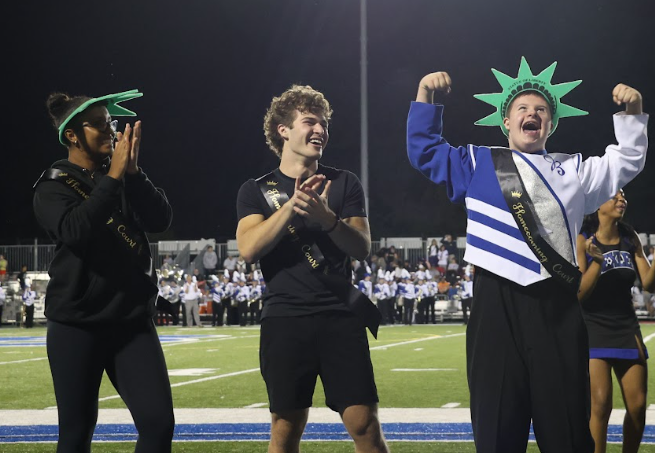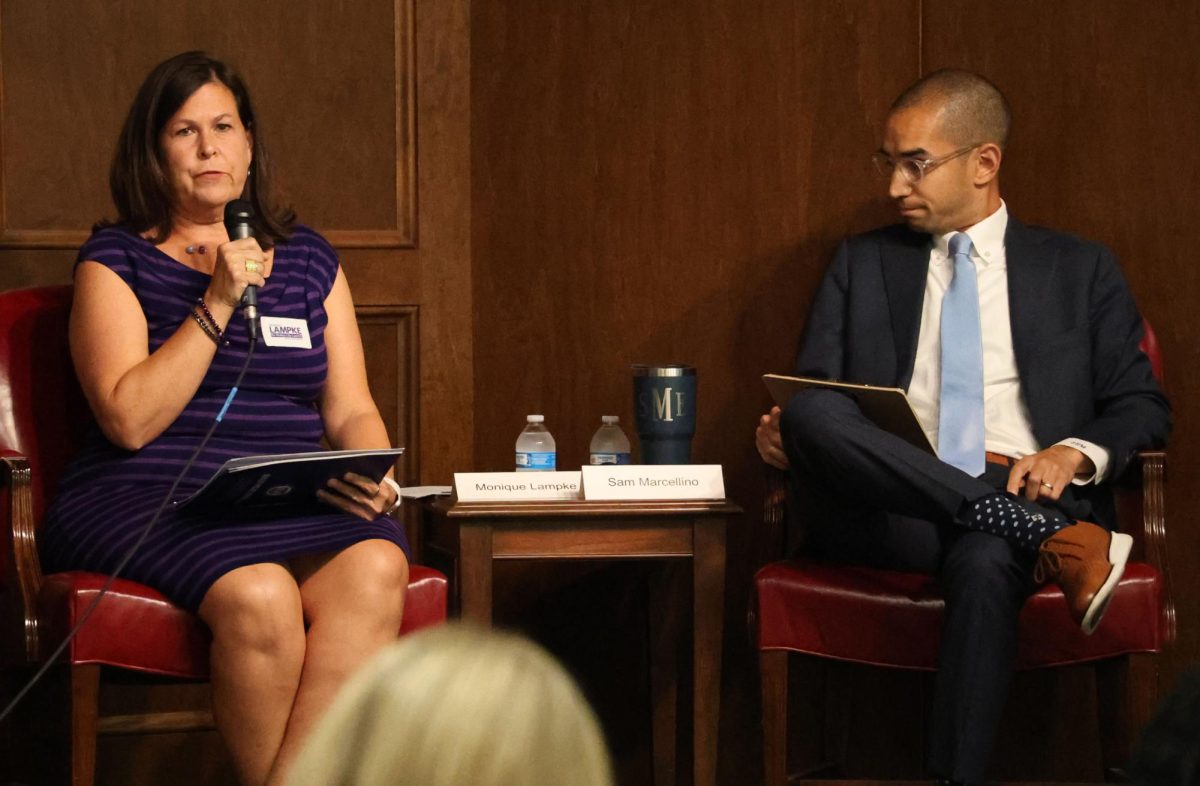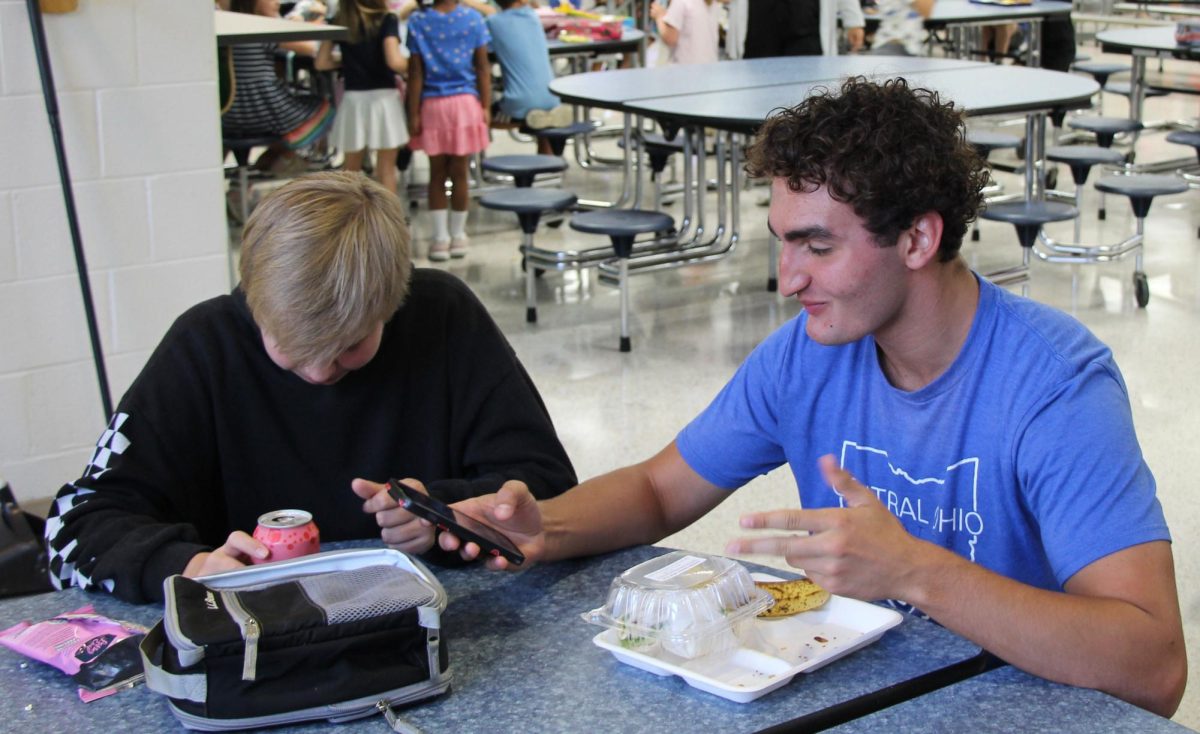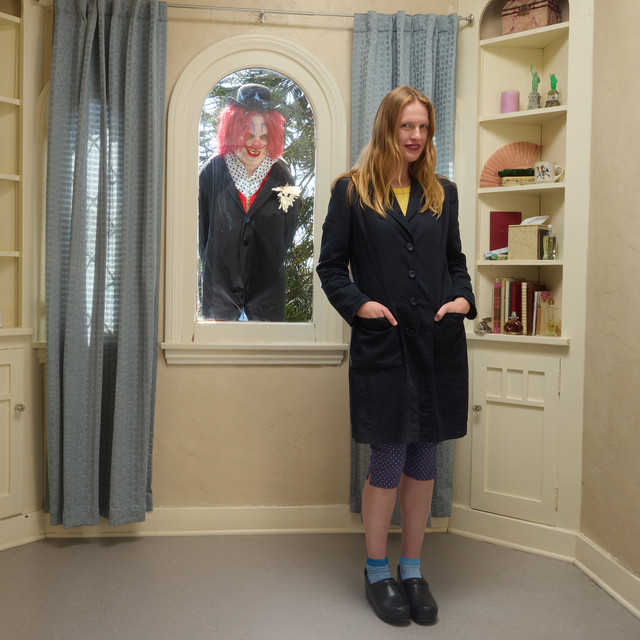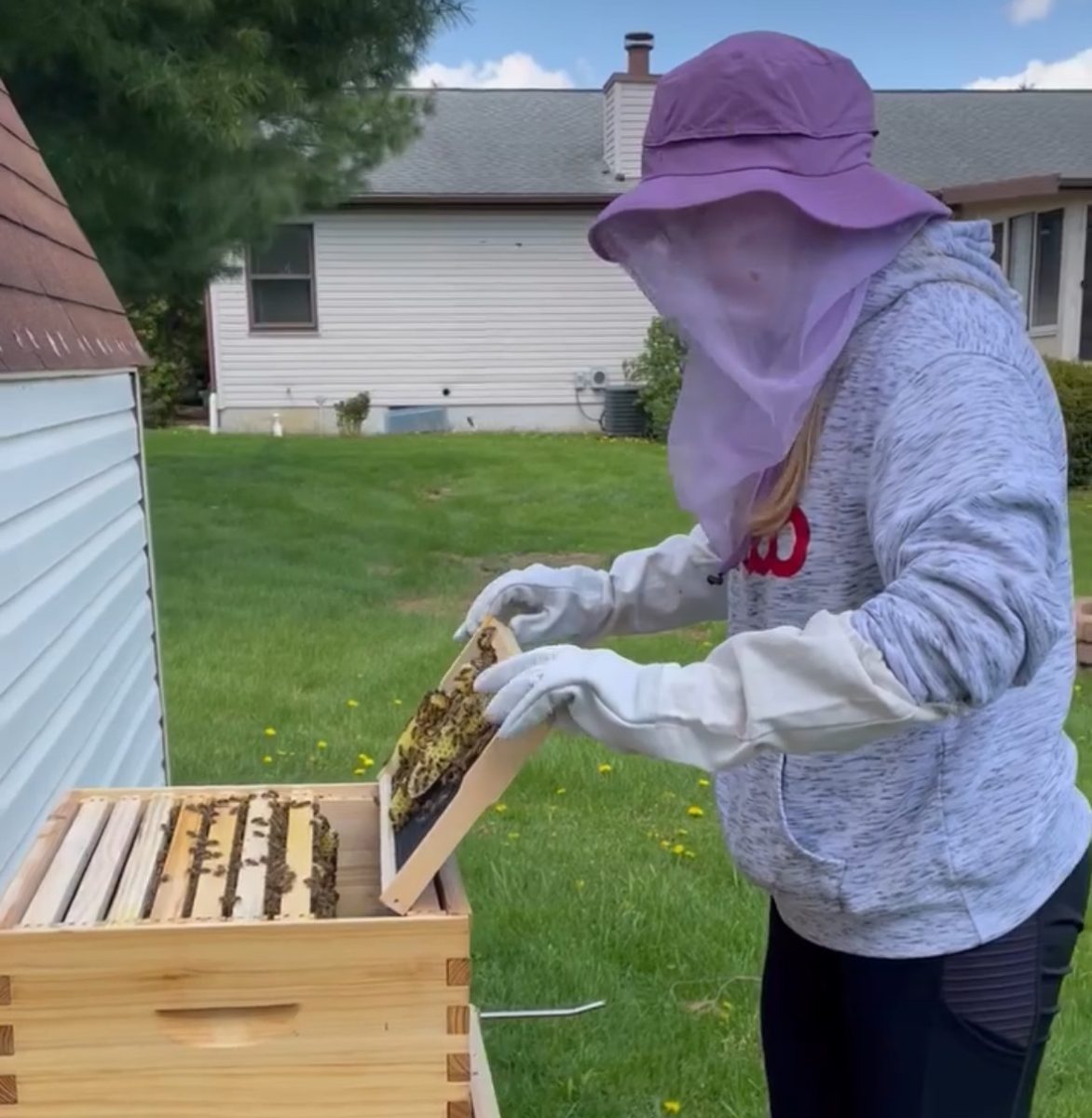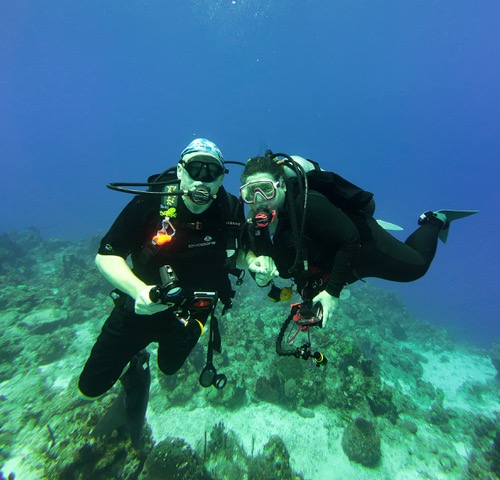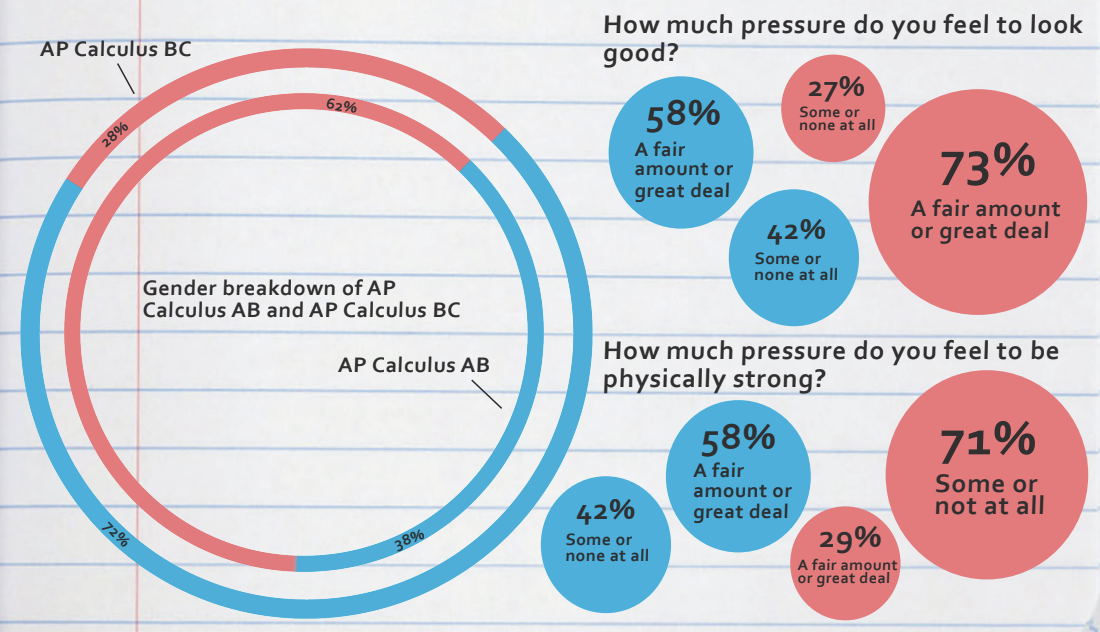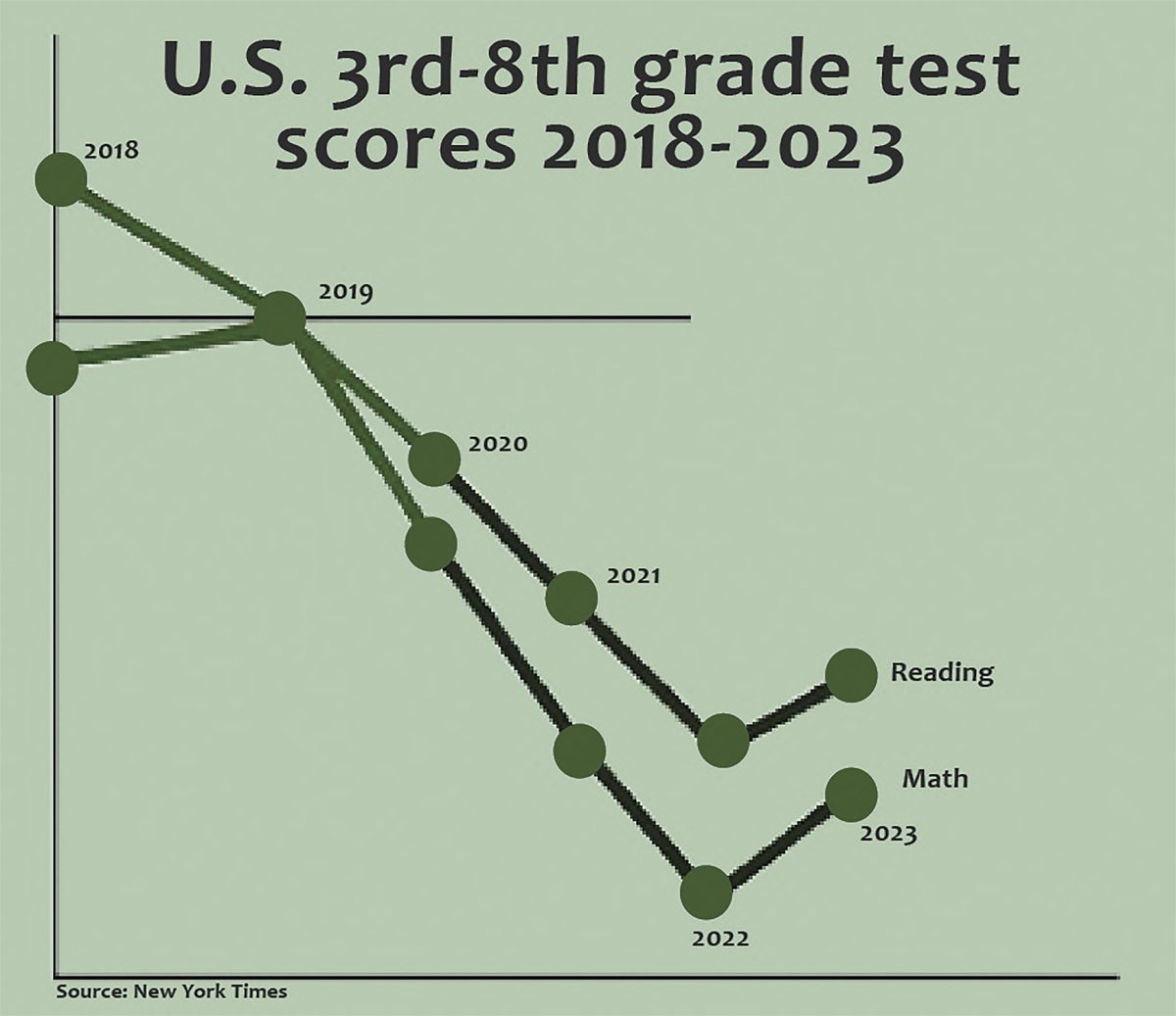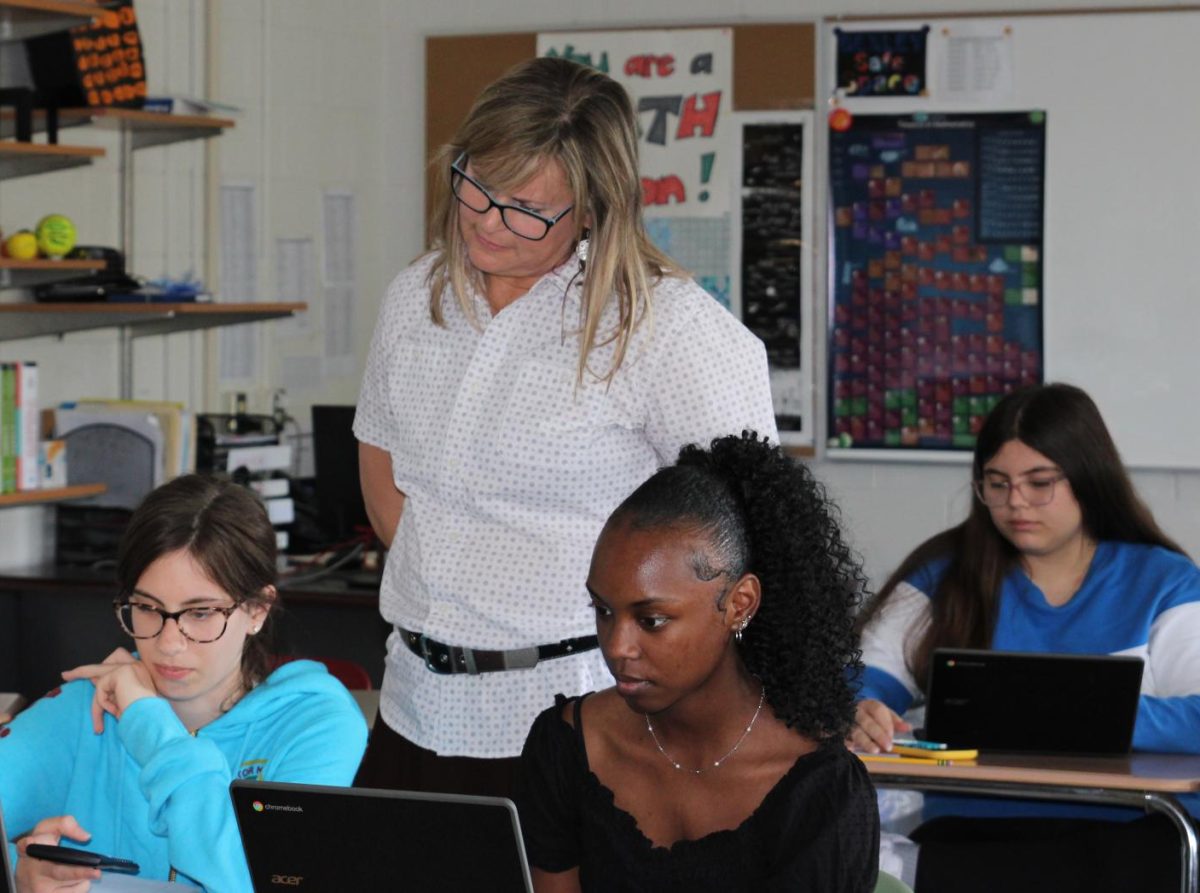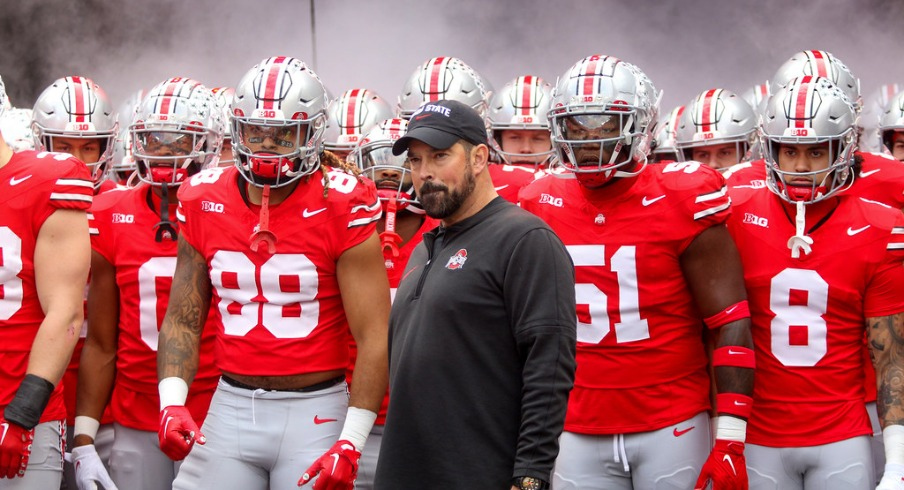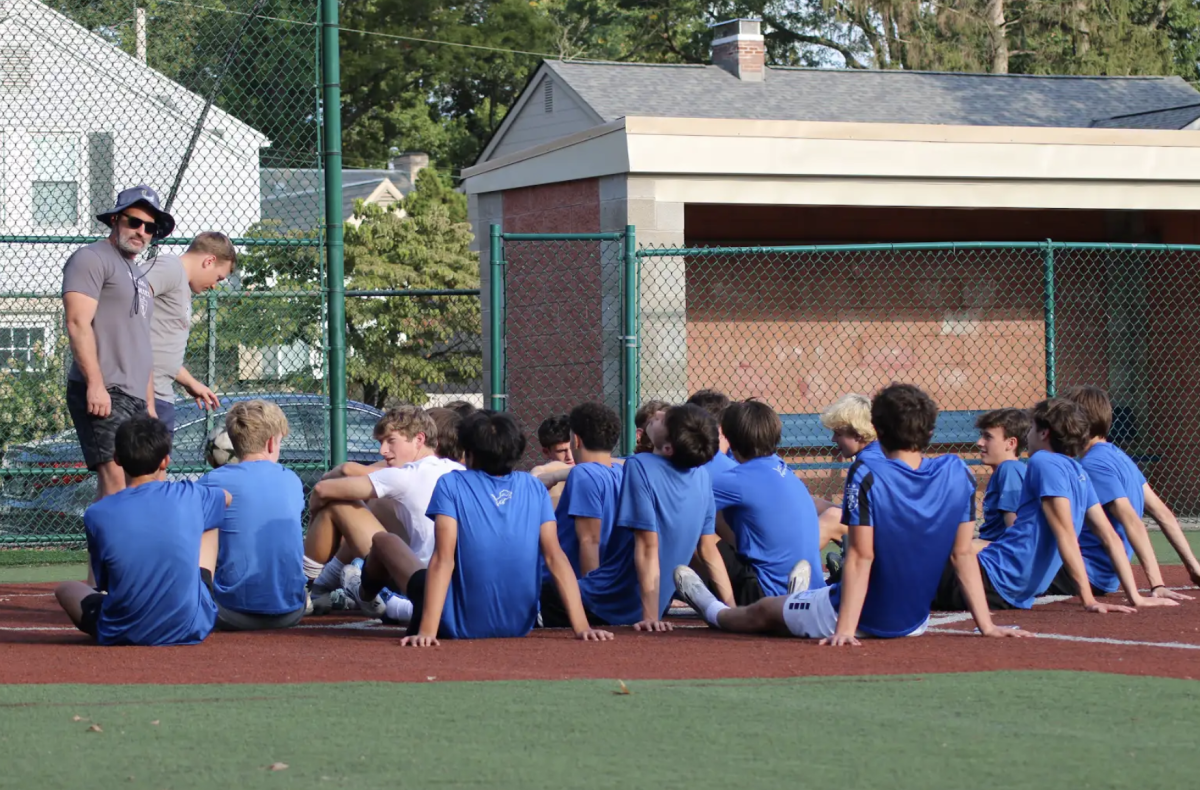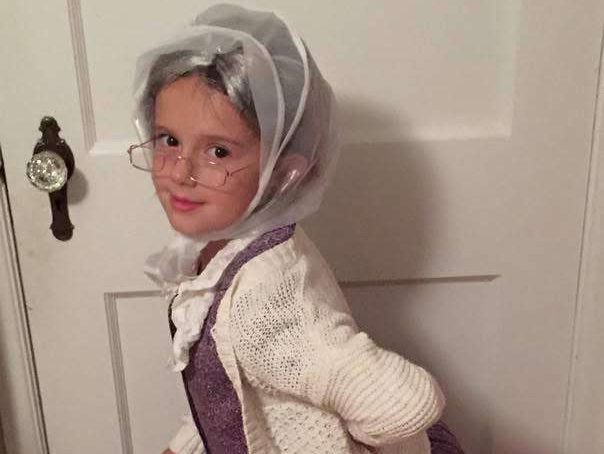The highly contagious COVID-19 variant omicron made its first appearance in the United States Nov. 22, 2021, according to the Centers for Disease Control and Prevention. Since its arrival, the virus has spread swiftly throughout the country— The New York Times noted that as of Jan. 16, there were over 800,000 new cases, a 98% increase over the previous two weeks.
After the sharp rise in cases, many schools made the decision to return to remote learning after releasing students for winter break. According to district administration, in Ohio, Dayton Public Schools and Cincinnati Public Schools among many others moved to online education until late January.
However, closing down schools is not effective in stopping the virus’ spread, as schools are not the main source of COVID-19 transmission. Most public schools have either maintained or reinstated a mask mandate. While states like Ohio do not have a statewide enforcement of masking in schools, many have re-established a policy of mask wearing due to Omicron’s virulence.
Because of the widespread requirement to wear masks while in school, schools themselves are not hotbeds of COVID-19 transmission. Rather, extracurricular activities where masks remain optional are more dangerous. In a study performed by the Public Library of Science, rates of COVID-19 in states with at least a 75% mask adherence had significantly fewer cases than states that had a lower mask adherence level. In schools that require students and staff to consistently wear masks, the spread of COVID-19 is not enough of a threat to shut down in-person education completely.
Additionally, returning to remote learning comes at the cost of worsening students’ mental health. According to the American Psychological Association, over 80% of youth ages 13-17 have experienced a rise in stress levels due to the pandemic.
When students must attempt to manage online school and the drawbacks that come with it—including an increase in time spent in front of a screen, the pressure of maintaining their grades while remote, feelings of social isolation and the anxieties of living through a pandemic—their mental state deteriorates. This results in students feeling unmotivated and unhappy, thus underperforming.
Remote learning presents added difficulties and stressors to students’ lives that have already been disrupted by the pandemic. Schools can protect both the physical and mental health of students while keeping education in person.

